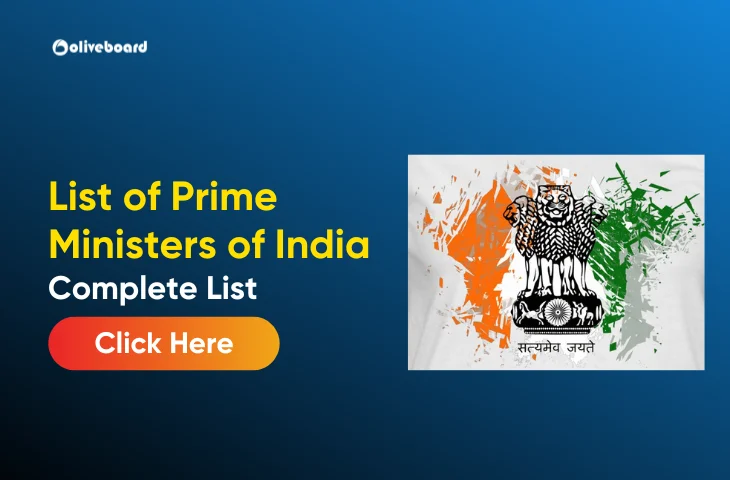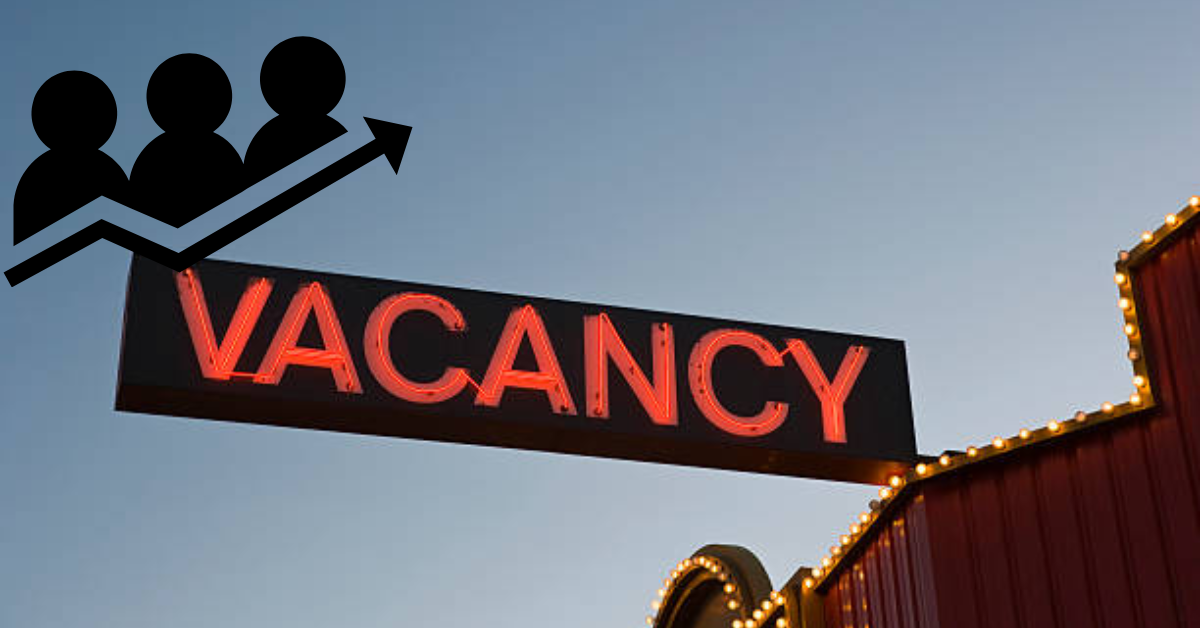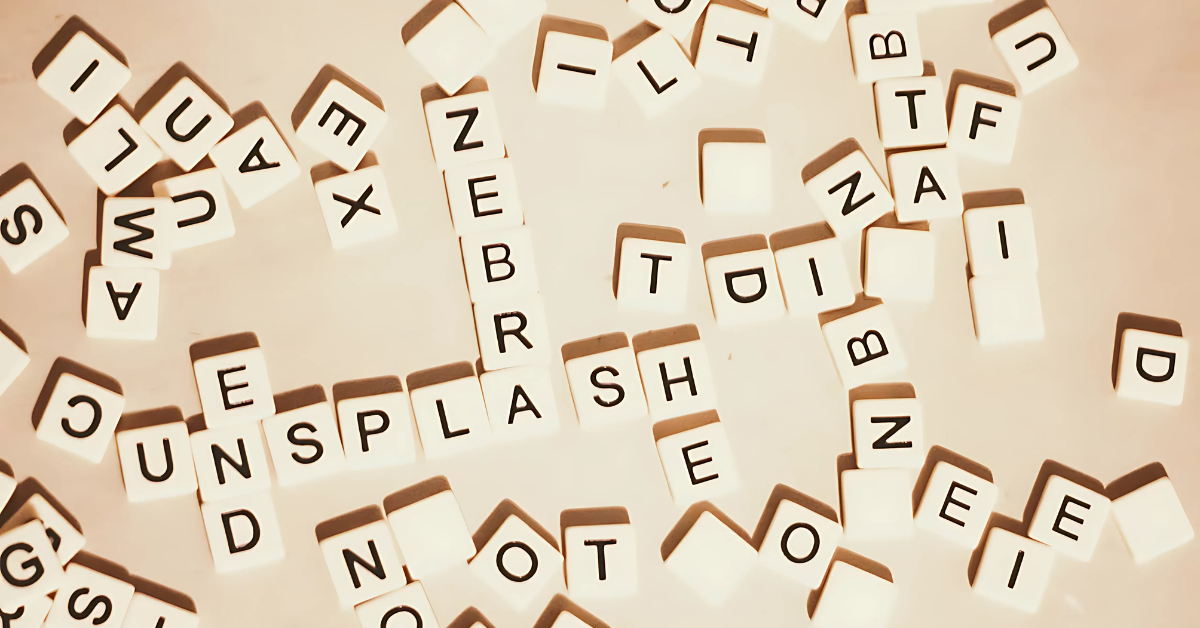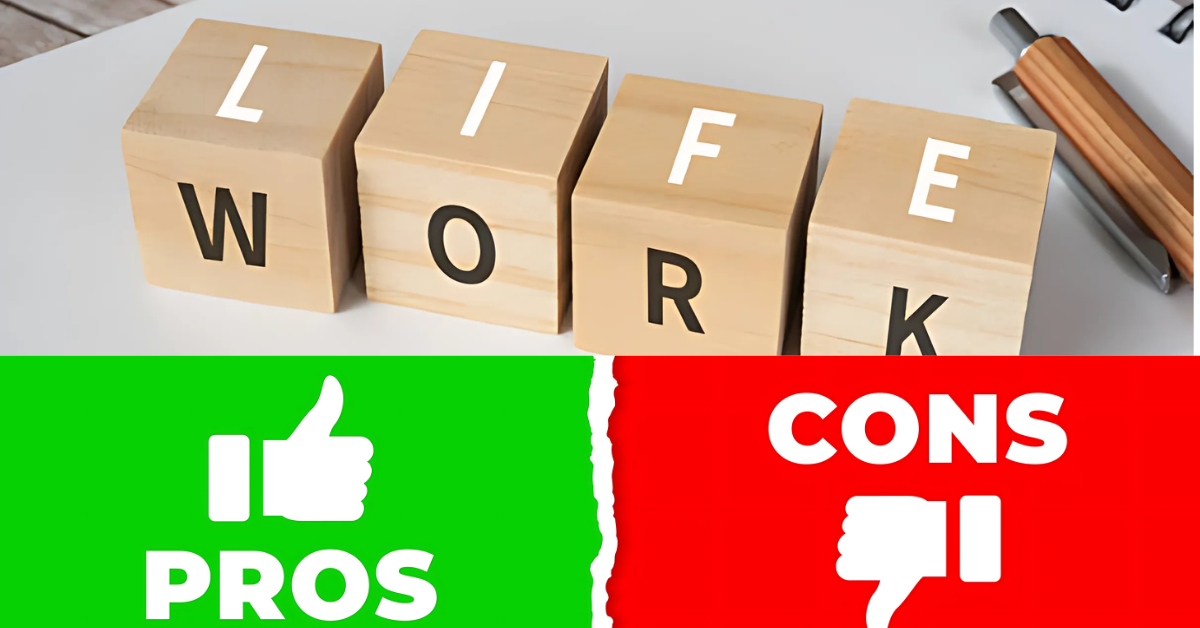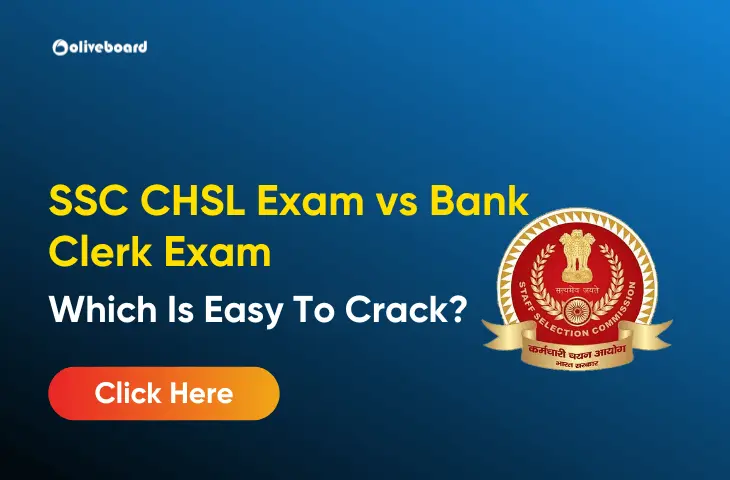Complete List of Prime Ministers of India
List of Prime Ministers of India – The prime minister of the Indian Republic is the country’s leader of the government. Every five years, the president of India chooses the prime minister with the support of the majority of Lok Sabha members. The Prime Minister is also responsible for assisting the President in their role as the head of state. Even though the President of India is the Constitutional, nominal, and ceremonial head of state, executive authority is delegated to the Prime Minister of India and their appointed Council of Ministers. Since its independence, India has had 14 prime ministers.
Pandit Jawaharlal Nehru was India’s first and longest-serving prime minister. India’s 14th Prime Minister, Mr. Narendra Modi, is currently in office. He is the fourth Indian prime minister to serve two consecutive terms. A list of every Indian prime minister since the country’s independence in 1947 is also included.
Overview of List of Prime Ministers of India
The head of the Indian government is known as the prime minister. The following table contains list of Prime Ministers of India
- Jawaharlal Nehru served as India’s first Prime Minister. He is India’s longest-serving prime minister.
- Indira Gandhi was India’s first female prime minister.
- Rajiv Gandhi was sworn in as the country’s youngest prime minister.
- Manmohan Singh is the country’s first Sikh Prime Minister.
- Narendra Damodardas Modi is the current Indian Prime Minister.
List of Prime Ministers of India from 1947-2024
| S.N. | Name | Born-Dead | Term of office | Remark |
|---|---|---|---|---|
| 1. | Jawahar Lal Nehru | (1889–1964) | 15 August 1947 to 27 May 1964 (16 years, 286 days) | The first prime minister of India and the longest-serving PM of India, the first to die in office. |
| 2. | Gulzarilal Nanda (Acting) | (1898-1998) | 27 May 1964 to 9 June 1964 (13 days) | First acting PM of India |
| 3. | Lal Bahadur Shastri | (1904–1966) | 9 June 1964 to 11 January 1966 (1 year, 216 days) | He has given the slogan of ‘Jai Jawan Jai Kisan’ during the Indo-Pak war of 1965 |
| 4. | Gulzari Lal Nanda (Acting) | (1898-1998) | 11 January 1966 to 24 January 1966 (13 days) | – |
| 5. | Indira Gandhi | (1917–1984) | 24 January 1966 to 24 March 1977 (11 years, 59 days) | First female Prime Minister of India |
| 6. | Morarji Desai | (1896–1995) | 24 March 1977 to 28 July 1979 (2 years, 126 days) | Oldest to become PM (81 years old) and first to resign from office |
| 7. | Charan Singh | (1902–1987) | 28 July 1979 to 14 January 1980 (170 days) | Only PM who did not face the Parliament |
| 8. | Indira Gandhi | (1917–1984) | 14 January 1980 to 31 October 1984 (4 years, 291 days) | The first lady who served as PM for the second term |
| 9. | Rajiv Gandhi | (1944–1991) | 31 October 1984 to 2 December 1989 (5 years, 32 days) | Youngest to become PM (40 years old) |
| 10. | V. P. Singh | (1931–2008) | 2 December 1989 to 10 November 1990 (343 days) | First PM to step down after a vote of no confidence |
| 11. | Chandra Shekhar | (1927–2007) | 10 November 1990 to 21 June 1991 (223 days) | He belongs to Samajwadi Janata Party |
| 12. | P. V. Narasimha Rao | (1921–2004) | 21 June 1991 to 16 May 1996 (4 years, 330 days) | First PM from South India |
| 13. | Atal Bihari Vajpayee | (1924- 2018) | 16 May 1996 to 1 June 1996 (16 days) | PM for shortest tenure |
| 14. | H. D. Deve Gowda | (born 1933) | 1 June 1996 to 21 April 1997 (324 days) | He belongs to Janata Dal |
| 15. | Inder Kumar Gujral | (1919–2012) | 21 April 1997 to 19 March 1998 (332 days) | —— |
| 16. | Atal Bihari Vajpayee | (1924-2018) | 19 March 1998 to 22 May 2004 (6 years, 64 days) | The first non-congress PM who completed a full term as PM |
| 17. | Manmohan Singh | (born 1932) | 22 May 2004 to 26 May 2014 (10 years, 4 days) | First Sikh PM |
| 18. | Narendra Modi | (born 1950) | 26 May 2014 – Present | 1st Prime Minister to serve 3 consecutive tenures after our 1st PM Jawaharlal Nehru |
Details on the List of Prime Ministers in India
Narendra Damodardas Modi (2014-Incumbent):
Narendra Modi is the Prime Minister of the Republic of India and the elected leader of the executive branch. He is the Chairman of the Council of Ministers as well as the Speaker of the Lower House, or Lok Sabha. Prime Minister Narendra Modi is India’s 14th Prime Minister. PM Modi, who is in his second term, was elected to the 16th Lok Sabha in 2014.
BJP-led NDA coalition won the majority in the 18th Lok Sabha Elections. PM Narendra Modi along with other ministers took the oath on 9th June, 2024. He equaled the feat of the first Prime Minister Jawaharlal Nehru, who won in the 1952, 1957, and 1962 general elections.
Manmohan Singh (2004-2014):
Dr. Manmohan Singh was India’s thirteenth Prime Minister. He has served two full terms as Prime Minister of the United Progressive Alliance (UPA). Rajya Sabha member Manmohan Singh presided over the upper chamber from 1998 to 2004. He is currently serving his sixth term in the Rajya Sabha. He is well-known for his role in the 1991 LPG (Liberalization, Privatization, and Globalization) reforms in India as finance minister under the PV Narasimha Rao administration. Manmohan Singh was also the fifteenth governor of the Reserve Bank of India. He received the Padma Vibhushan in 1987.
Atal Bihari Vajpayee (1996, 1998-99, 1999-2004):
Atal Bihar Vajpayee served as India’s Prime Minister for three terms. He was appointed India’s 10th Prime Minister, a position he held for only 13 days. In 2014, Atal Bihari Vajpayee, a popular prime minister, was awarded the highest civilian honor, the Bharat Ratna. “Jai Jawaan, Jai Kisaan, Jai Vigyan,” he chanted. Vajpayee was the minister of external affairs during the Morarji Desai administration. He is remembered for his efforts to improve India-Pakistan relations. Vajpayee served in the Rajya Sabha twice, from 1962 to 1967 and again from 1986 to 1991, in addition to being elected to the Lok Sabha ten times.
He was one of the original founders of the Bharatiya Jana Sangh, which eventually evolved into the Bharatiya Janata Party, whose inaugural president was Atal Bihari Vajpayee. He presided over the Pokhran 2 nuclear testing in 1988. His birthday, December 25, is observed as Good Governance Day in India because he was born on Christmas Day.
Inder Kumar Gujral (1997-1998):
I K Gujral, India’s 12th prime minister, took part in the Quit India Movement under Gandhi Ji’s leadership. He is famous for the Gujral Doctrine, a set of five guiding principles for India’s foreign policy with its immediate neighbors, particularly Pakistan. Gujral served as the minister of external affairs. He served in both the Lok Sabha and the Rajya Sabha.
HD Deve Gowda (1996-1997):
Doddegowda Haradanahalli (Doddegowda Haradanahalli) Deve Gowda, India’s eleventh prime minister, was Karnataka’s chief minister from 1994 to 1996. Deve Gowda was appointed Prime Minister after no party obtained enough seats to form a government and the United Front did so with Congress’ assistance. Deve Gowda, the national leader of the Janata Dal (Secular), was a member of the 14th, 15th, and 16th Lok Sabhas after serving as Prime Minister.
PV Narasimha Rao (1991-1996):
The 10th prime minister, Pamulaparthi Venkata Narasimha Rao, was the first from the south of India. Between 1992 to 1994, Narasimha Rao held the positions of minister of external affairs and minister of defense. In 1986, he served as Rajiv Gandhi’s home minister. The fourth chief minister of Andhra Pradesh was Narasimha Rao. The 1991 economic reforms were implemented during his time as prime minister.
Chandra Shekhar (1990-1991):
Chandra Shekhar, the eighth Prime Minister of India, led a Janata Dal breakaway faction in a minority government with Congress backing to postpone the election process. His government was considered to be in its “lame duck” status because it had the fewest party MPs. Two significant occasions during his administration were the economic crisis of 1991 and the murder of Rajiv Gandhi.
VP Singh (1989-1990):
India’s seventh prime minister was Vishwanath Pratap Singh. VP Singh, a Congressman, served as Uttar Pradesh’s 12th chief minister. He served as finance minister from 1984 to 1987 and as defense minister under PM Rajiv Gandhi from 1989 to 1990, the period during which the Bofors scandal surfaced. During his presidency, the Mandal Commission Report against racial discrimination in government positions and educational institutions was put into practice.
Rajiv Gandhi (1984-89):
Rajiv Gandhi, the son of the fifth and sixth prime ministers of India, Feroze and Indira, presided over the country from 1984 to 1989. At age 40, he was the youngest prime minister of India when he assumed power on the day of Indira Gandhi’s murder in 1984, following the Sikh riots. Rajiv Gandhi worked as an airline pilot for Indian. He presided over the Congress party as president from 1985 to 1991. His administration was characterized by high-profile cases including the Shah Bano case, the Bhopal gas catastrophe, and the Bofors scandal. He was 46 years old when he was killed by an LTTE suicide bomber in 1991, and he received the Bharat Ratna posthumously.
Chaudhary Charan Singh (1979-80):
India’s fifth prime minister was C. Charan Singh. Charan Singh was an advocate for peasants’ rights and was born into a rural household in Uttar Pradesh.
Morarji Desai (1977-79):
Morarji Ranchhodji Desai presided over India as its fourth prime minister. From 1952 until 1956, he served as the state of Bombay’s chief minister before it was divided into Gujarat and Maharashtra. He served as the premier of the Janata Party’s government.
Indira Gandhi (1966-1977, 1980-1984):
The second-longest tenure as prime minister was held by Indira Priyadarshini Gandhi, India’s third prime minister and the country’s first and only female leader to date. In addition, Indira Gandhi held the positions of minister of information and broadcasting (1970–1973), home affairs (1970–1973), defense (1980–1982), and external affairs (1984). (1964 – 66). She proclaimed the state of emergency in 1975 to halt voting. Indira Gandhi served as president during the 1971 conflict with Pakistan to free East Pakistan. She was killed by her security in 1986 after Operation Blue Star.
Gulzarilal Nanda (1964, 1966):
Following Lal Bahadur Shastri’s passing in 1966, Gulzarilal Nanda served as acting prime minister of India for 13 days. Following the passing of Jawaharlal Nehru as prime minister in 1964, he served for 13 days as India’s second prime minister.
Lal Bahadur Shastri (1964-1966):
Lal Bahadur Shastri, a congressman, served as India’s second prime minister. During the 1965 Indo-Pakistan conflict, he coined the catchphrase “Jai Jawan Jai Kisan,” which gained popularity. He also served as Jawaharlal Nehru’s minister of railways. He passed away the day after the Tashkent Agreement, which formally put a stop to the war.
Jawaharlal Nehru (1947-1964):
The first and longest-serving prime minister of India was Jawaharlal Nehru. Up until he died in 1964, he was the prime minister and a key player in the Indian independence struggle. He was affectionately referred to as “Chacha Nehru” because he loved kids, but he was also referred to as “Pandit Nehru” because of his background in the Kashmiri Pandit community.
- IBPS PO Vacancy 2025 Out, 5208 Vacancies Released, Latest Update
- Effective Study Strategies for the PFRDA Grade A Statistics
- Antonyms for SSC CHSL, Attempt 40 Questions Practice Set & Know Tips
- SSC CHSL Court Clerk Vs Bank Clerk – Which Job is Better? Know Here
- SSC CHSL Vs Bank Clerk Exam, Which Is Easy To Crack? Check Details
- PFRDA Grade A Lifestyle in 2025, Their Growth and Benefits
Frequently Added Question
Since its independence in 1947 until 2022, India has had 19 prime ministers.
The Indian Prime Minister is in charge of the Indian Government.
Pandit Jawaharlal Nehru became the country’s first prime minister after Independence.

Hello there! I’m a dedicated Government Job aspirant turned passionate writer & content marketer. My blogs are a one-stop destination for accurate and comprehensive information on exams like Regulatory Bodies, Banking, SSC, State PSCs, and more. I’m on a mission to provide you with all the details you need, conveniently in one place. When I’m not writing and marketing, you’ll find me happily experimenting in the kitchen, cooking up delightful treats. Join me on this journey of knowledge and flavors!
